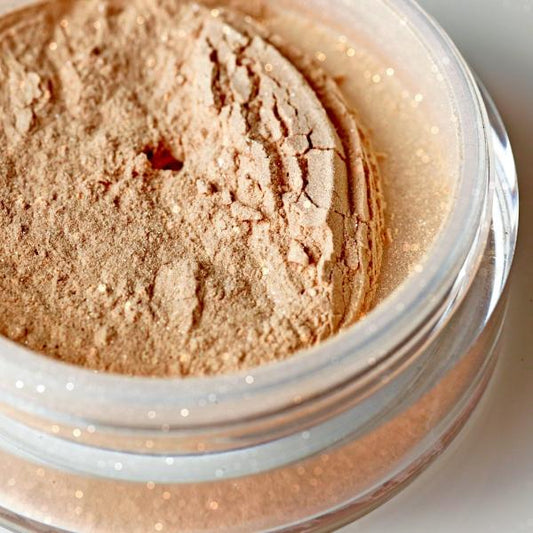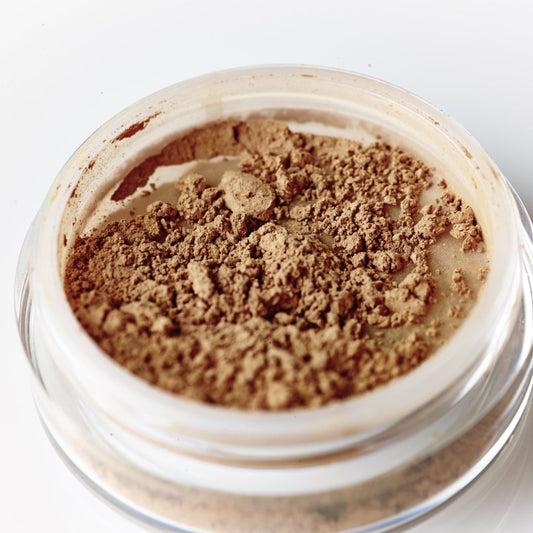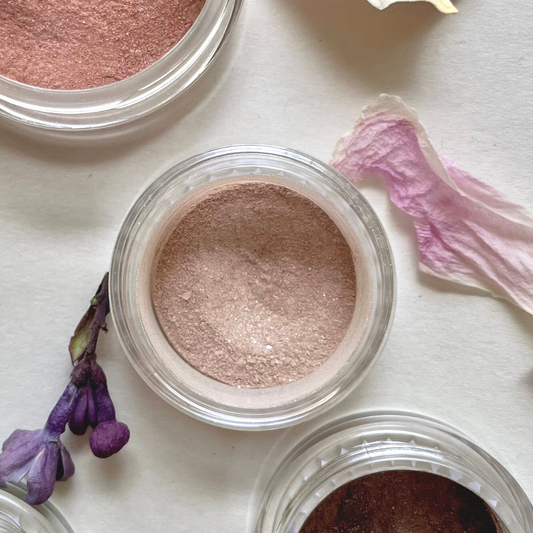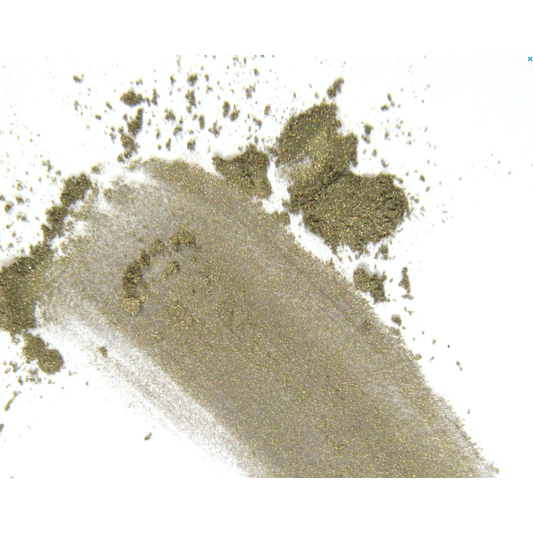Hey friends!
Last week, I shared my excitement to have booked my first facial using Ayurvedic practices with Mara Sarena, Ayurvedic Wellness Coach and Holistic Esthetician, and Owner of Sundara Ayurveda in the beautiful Santa Cruz Mountains.
In a sorta Part 2, Mara breaks down Ayurvedic Skin Typing for us this week...
Ayurveda, a holistic medical tradition that originated in ancient India over 5,000 years ago, revolves around the balance of bioenergetics both within and without one's being, called Doshas. The three Doshas represent different combinations of the five elements and how they influence health and well-being in the body, mind, and spirit. It is from this perspective that we treat a person based on their bio-individuality, their unique constitution, including how we treat the skin.
An Ayurvedic facial isn't just about cleansing, exfoliating, and moisturizing rather, it's about working to balance the energies to promote and instigate healing from within.
When we achieve balance and harmony within our doshas, the body, including the skin, can heal, regenerate and rejuvenate. In Ayurvedic skincare and in Ayurvedic treatment in general, a practitioner works to help restore balance, recognizing the interconnectedness of the body, mind, and spirit, guiding one's entire being into a state of equilibrium and vitality.
Ayurvedic Skin Typing
Ayurvedic facial treatments begin with an in-depth assessment of your skin's current condition and your Prakriti (constitution) to tailor the service to what your skin needs.
Typically, the Western world categorizes the skin as dry, oily, or combination. Most people fall under one of these categories and have additional skin problems, which are dealt with accordingly. Ayurveda differentiates skin differently.
Skin types in Ayurveda are made based on the doshas – Vata, Pitta, and Kapha. The root of skin problems could be due to an aggravated dosha. Just as each dosha has its own characteristics, each dosha skin type has its own characteristics. Most likely, your skin will be similar to your prevalent dosha. As I mentioned, the Doshas represent specific combinations of the five elements.
- Vata Constitution: Akash (Ether) + Vayu (Air)
- Pitta Constitution: Agni (Fire) + Jala (Water)
- Kapha Constitution: Prithvi (Earth) + Jala (Water)
A person's Ayurvedic skin type can be Vata, Pitta, Kapha, or sometimes a combination of two.
Over time, your skin type may become imbalanced due to external factors like climate, diet, lifestyle habits, or environmental pollution. Hormonal changes may also mask your original skin type.
- Vata Skin: Vata skin is usually dry, thin, delicate, and cool to the touch. Vata skin ages faster and tends to be dry, rough, and flaky when Vata is imbalanced
- Pitta Skin: Balanced Pitta skin has a radiant glow. When Pitta gets imbalanced, Pitta's skin is prone to discoloration, pimples, freckles, and moles. This type of skin is sun-sensitive and tends to flare-ups with rashes, eruptions, or sun patches on prolonged exposure to the sun.
- Kapha Skin: Kapha skin is moist and dense with larger pores. Kapha skin and body types tend to age at a slower rate. They are prone to a dull complexion and excess oil.
Once the skin assessment, a person's Prakriti, and any imbalances are taken into account, the magic begins!
Read last week's blog post for more. Here.
Blog post by: Mara Sarena, Ayurvedic Wellness Coach and Holistic Esthetician, Owner Sundara Ayurveda.
www.marasarena.com
Sundara Ayurveda is located in the Santa Cruz Mountains, in Felton, CA.























